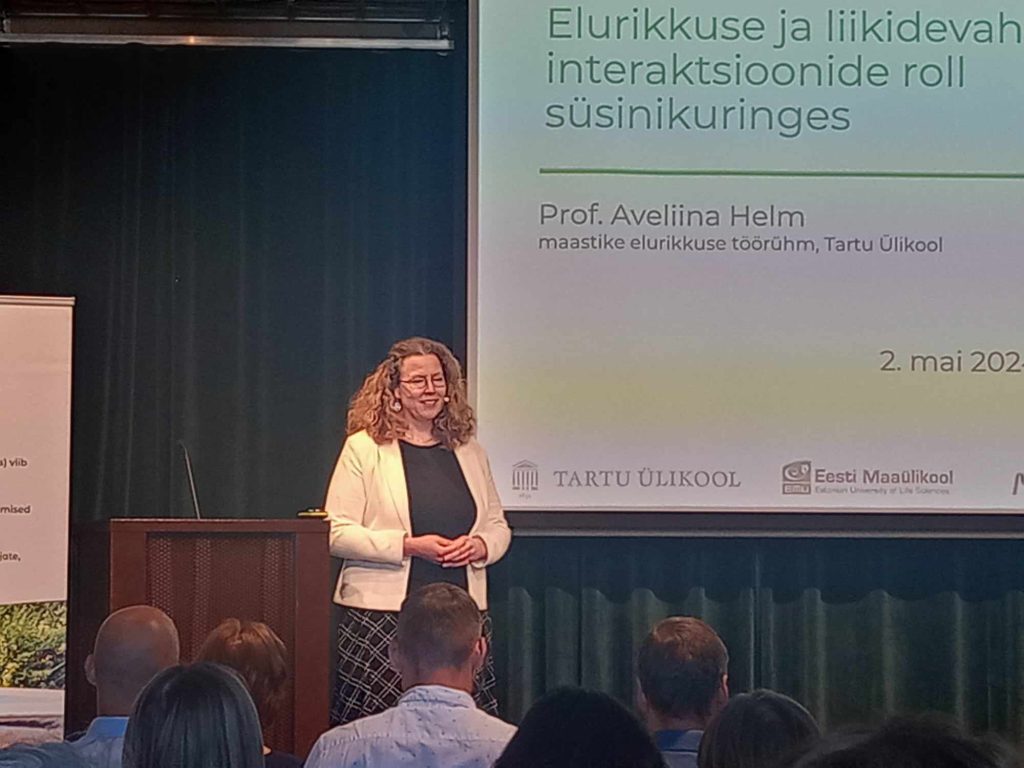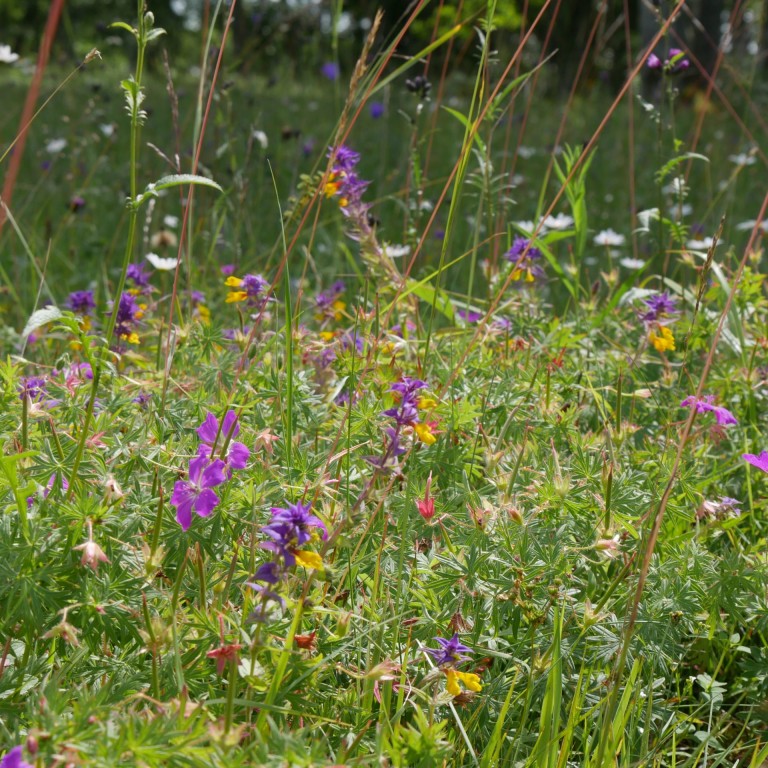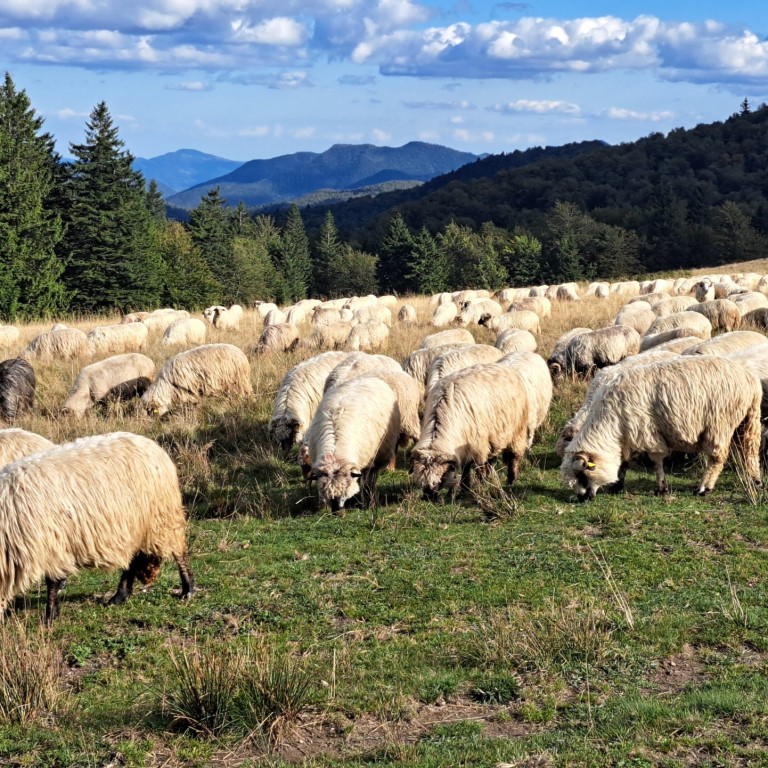At the Centre of Excellence for Sustainable Land Use, which has gained momentum with the opening conference, working groups will open new scientific horizons in the relationship between biodiversity and carbon reserves and create tools for research-based and socio-economic planning of Estonian land use.
At the opening conference of the Centre of Excellence for Sustainable Land Use (FutureScapes) held at the Tallinn Creative Hub, the leaders of the workgroups of the Centre of Excellence presented their areas of research, linking them to the objectives of the Centre of Excellence and previous research and knowledge.
"A very exciting time lies ahead! The team that got together is like a forest of dreams, with whom we will definitely get a lot of new knowledge after years of working together," said Aveliina Helm, head of the Landscape Biodiversity Workgroup, Professor of Restoration Ecology, in her presentation.
"On the one hand, the role of the Landscape Biodiversity Workgroup in the Centre of Excellence is to cover everything related to biodiversity, landscape diversity and the diversity of ecosystems, i.e. from genetic diversity to functional and species diversity. We are also covering one of the ecosystem types that we have been focusing on for many years - meadow ecosystems."
FutureScapes focuses on developing innovative solutions to address biodiversity loss and climate change. The main goal is to identify complex interconnections and co-benefits of biodiversity and carbon stocks and fluxes and to integrate this new knowledge into large-scale spatial models to create decision-support tools for land use planning.
The opening conference can be follow here.
More information:
Aveliina Helm




